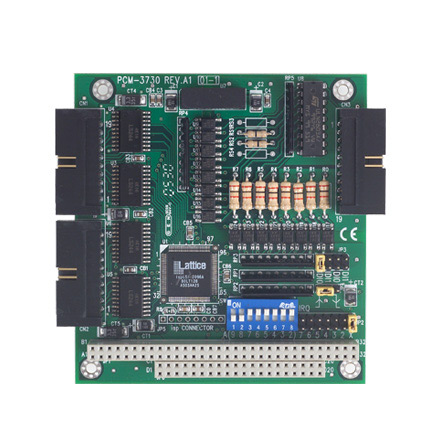

The Beauty and Functionality of Clear Low-E Glass
In the realm of modern architecture and sustainable building solutions, clear low-emissivity (low-E) glass has emerged as a favored choice for both residential and commercial constructions. Its innovative technology offers homeowners and builders a blend of aesthetic appeal and energy efficiency that is hard to resist.
The Beauty and Functionality of Clear Low-E Glass
Aesthetically, clear low-E glass looks just like regular glass, offering unobstructed views and letting in abundant natural light. Its clarity ensures that buildings do not compromise on visual appeal while benefiting from enhanced energy efficiency. Architects and designers appreciate this characteristic because they can create designs that maximize the use of natural light, promote open spaces, and maintain an attractive facade without the downsides of increased energy consumption.

Moreover, low-E glass contributes positively to the environment. By improving energy efficiency, it helps reduce the overall carbon footprint of buildings. Less energy consumption equates to lower greenhouse gas emissions, making clear low-E glass a responsible choice for eco-conscious builders and homeowners. Many green building certifications and programs, like LEED (Leadership in Energy and Environmental Design), recognize the efficacy of low-E glass, further promoting its use in sustainable construction efforts.
Another significant benefit of using clear low-E glass is its ability to protect interior furnishings and materials from fading and damage. The low-E coating blocks a significant percentage of UV rays, which are primarily responsible for fading carpets, artwork, and furniture. This protection prolongs the life of expensive interiors and ensures that living spaces maintain their beauty for a longer time.
When considering the installation of clear low-E glass, it is essential to understand its specifications and how they relate to the local climate. Different types of low-E coatings are available, each designed to perform optimally in specific environmental conditions. For example, some low-E glasses are tailored for warm climates, reflecting more heat away, while others work better in cold climates, retaining warmth within the building.
In conclusion, clear low-E glass represents a significant advancement in architectural materials. Its ability to offer both beauty and energy efficiency makes it an ideal choice for contemporary buildings. As the construction industry increasingly prioritizes sustainability and energy conservation, the demand for clear low-E glass is likely to grow. Homeowners and architects alike can appreciate not only the cost savings and environmental benefits but also the way low-E glass enhances the overall aesthetic of their spaces. Embracing this versatile material is indeed a step towards a greener, more sustainable future in architecture.